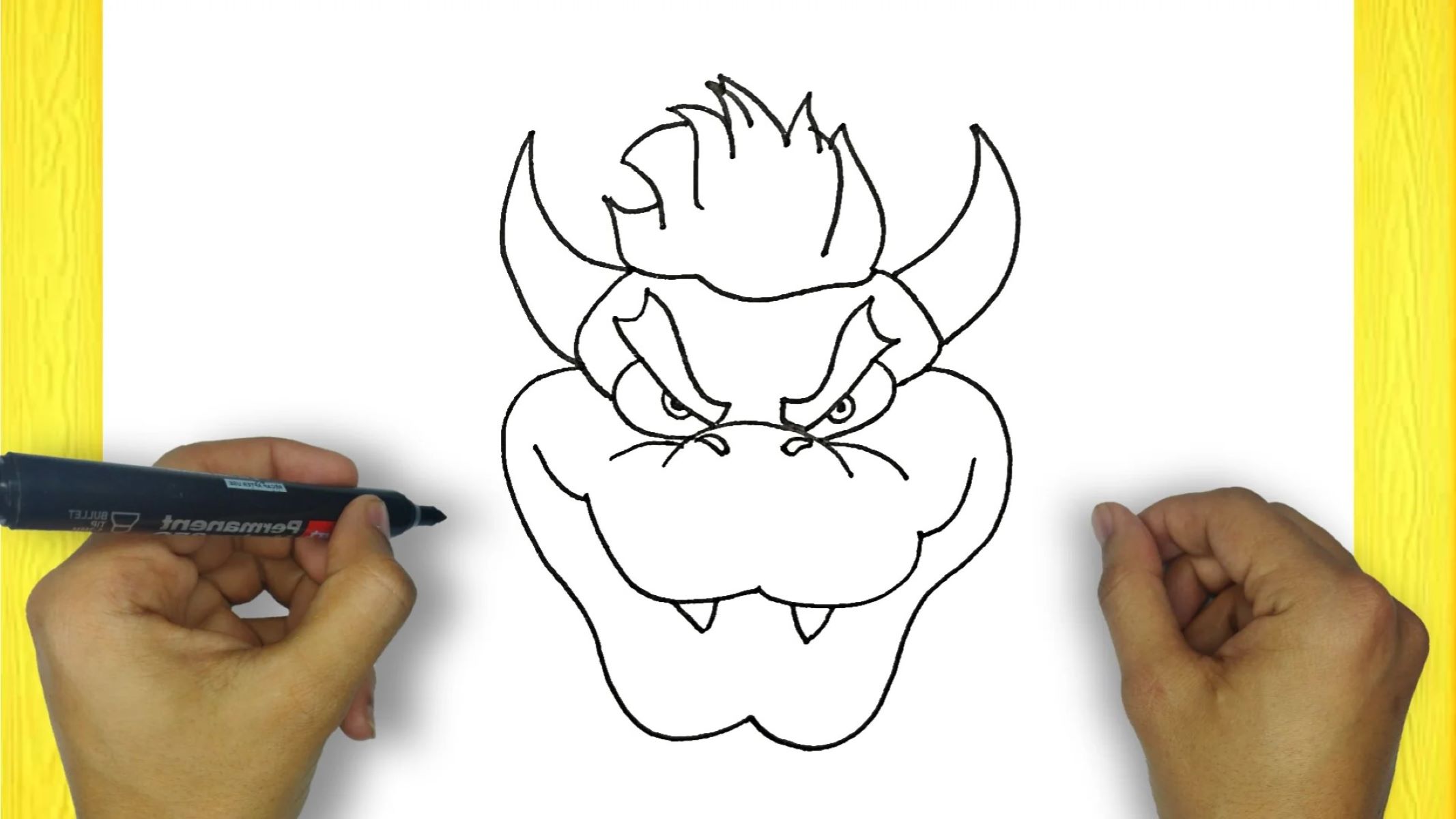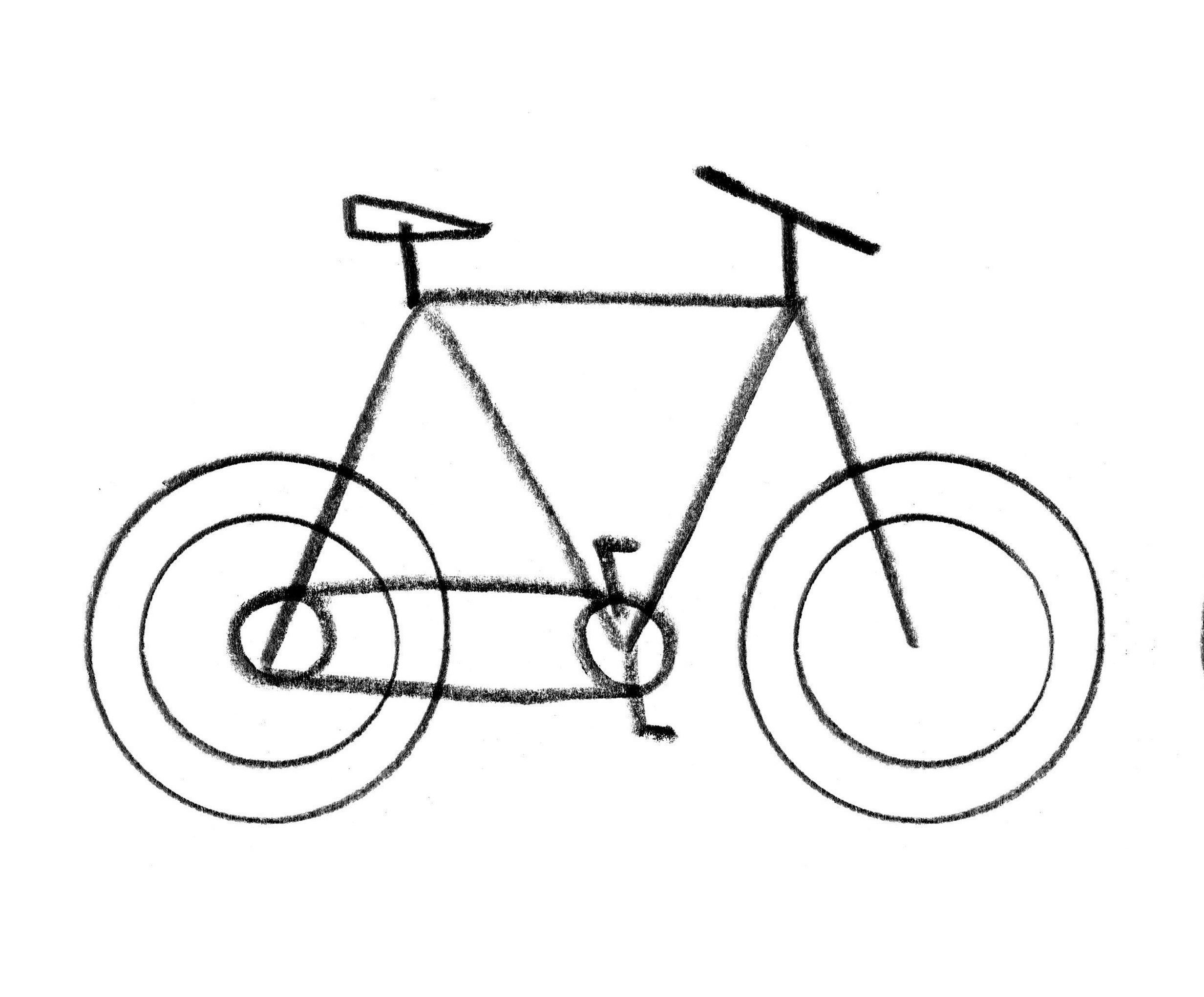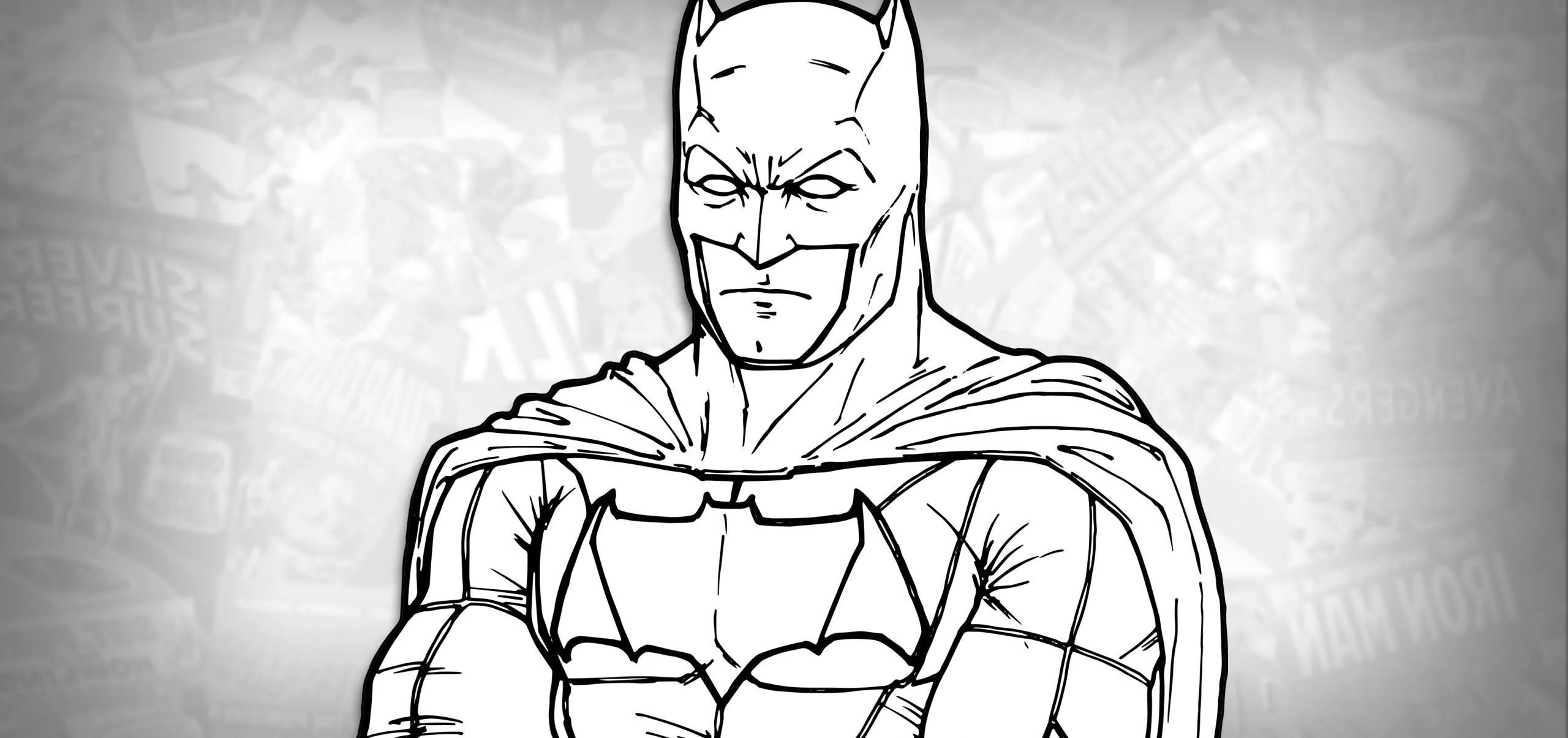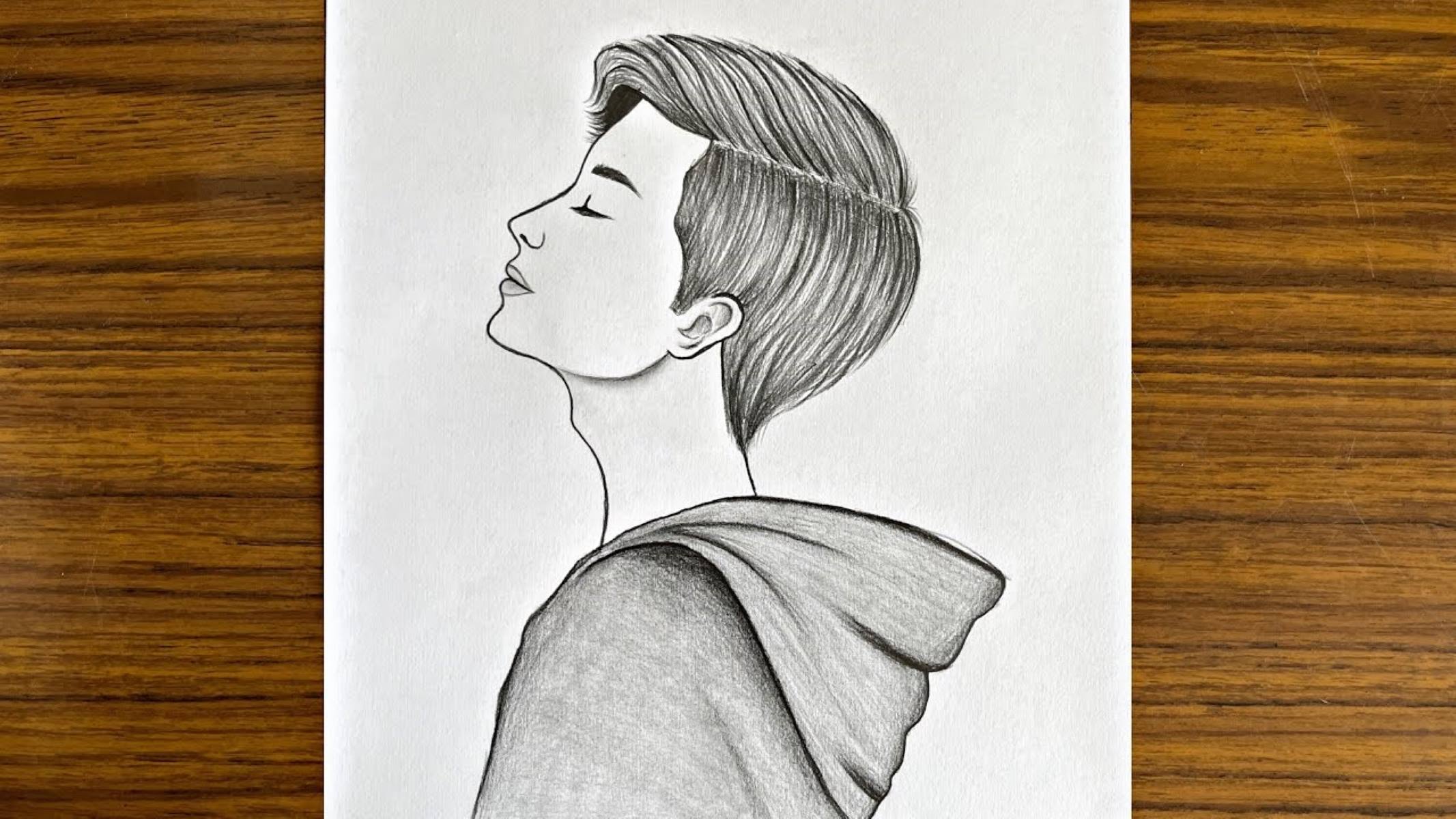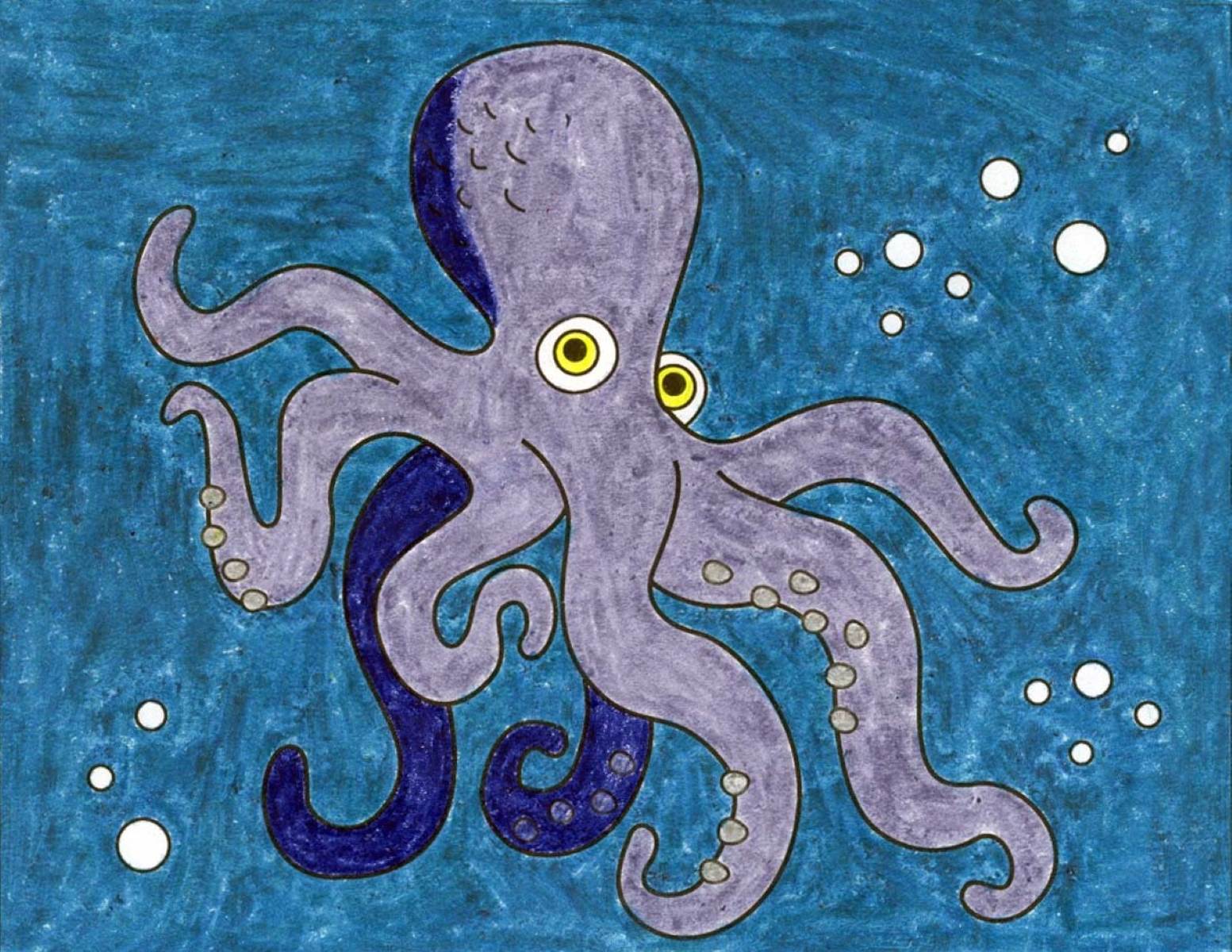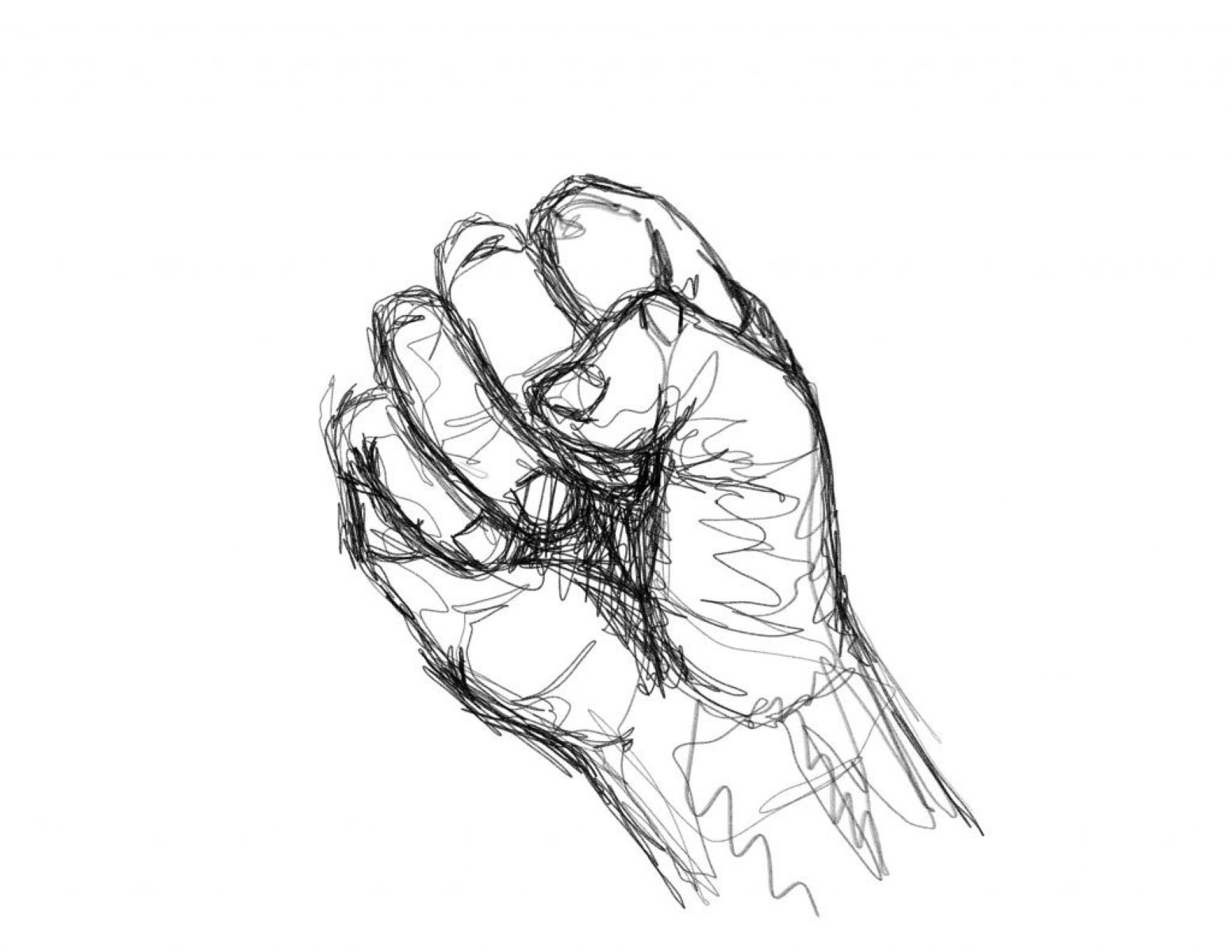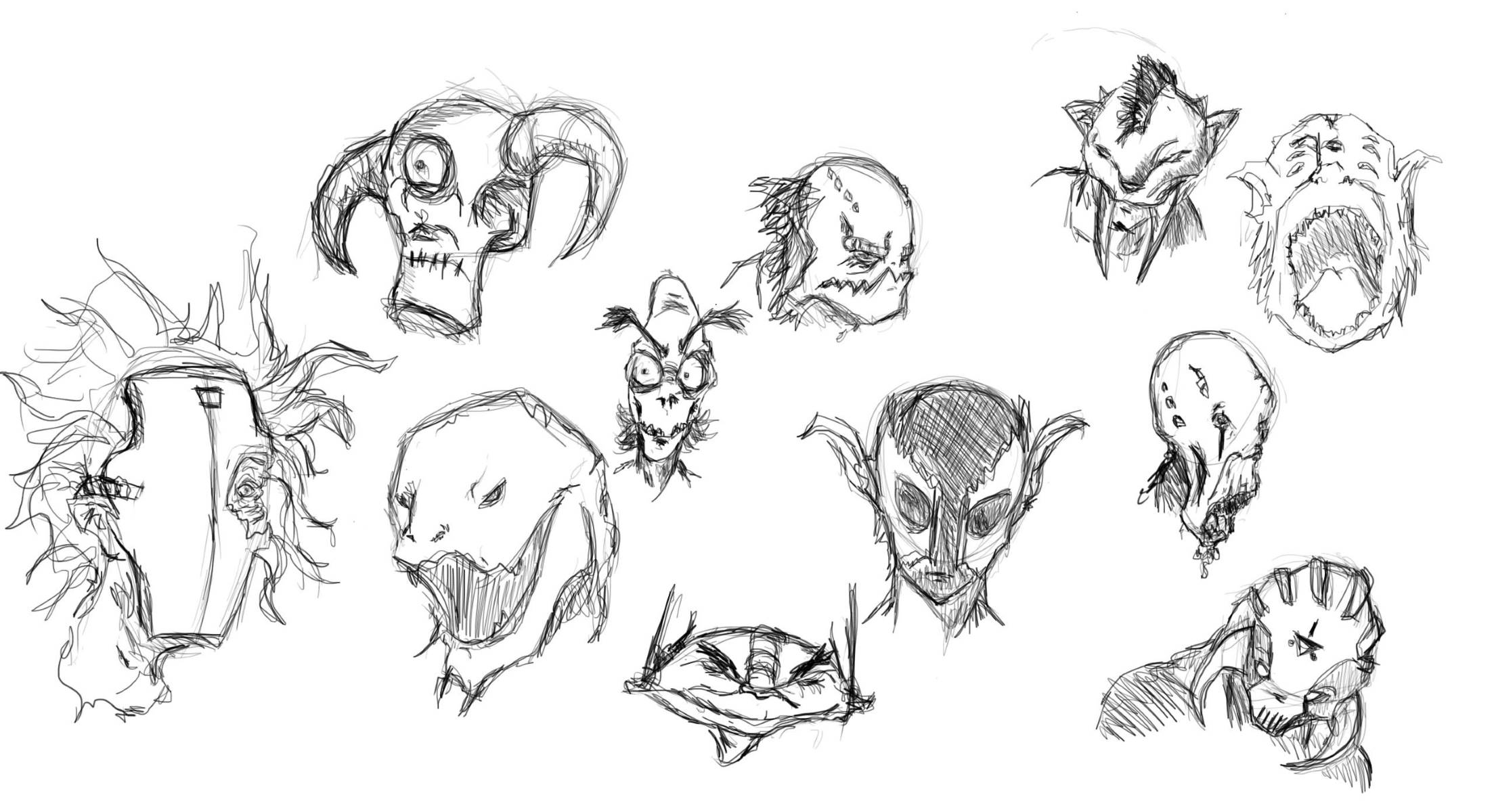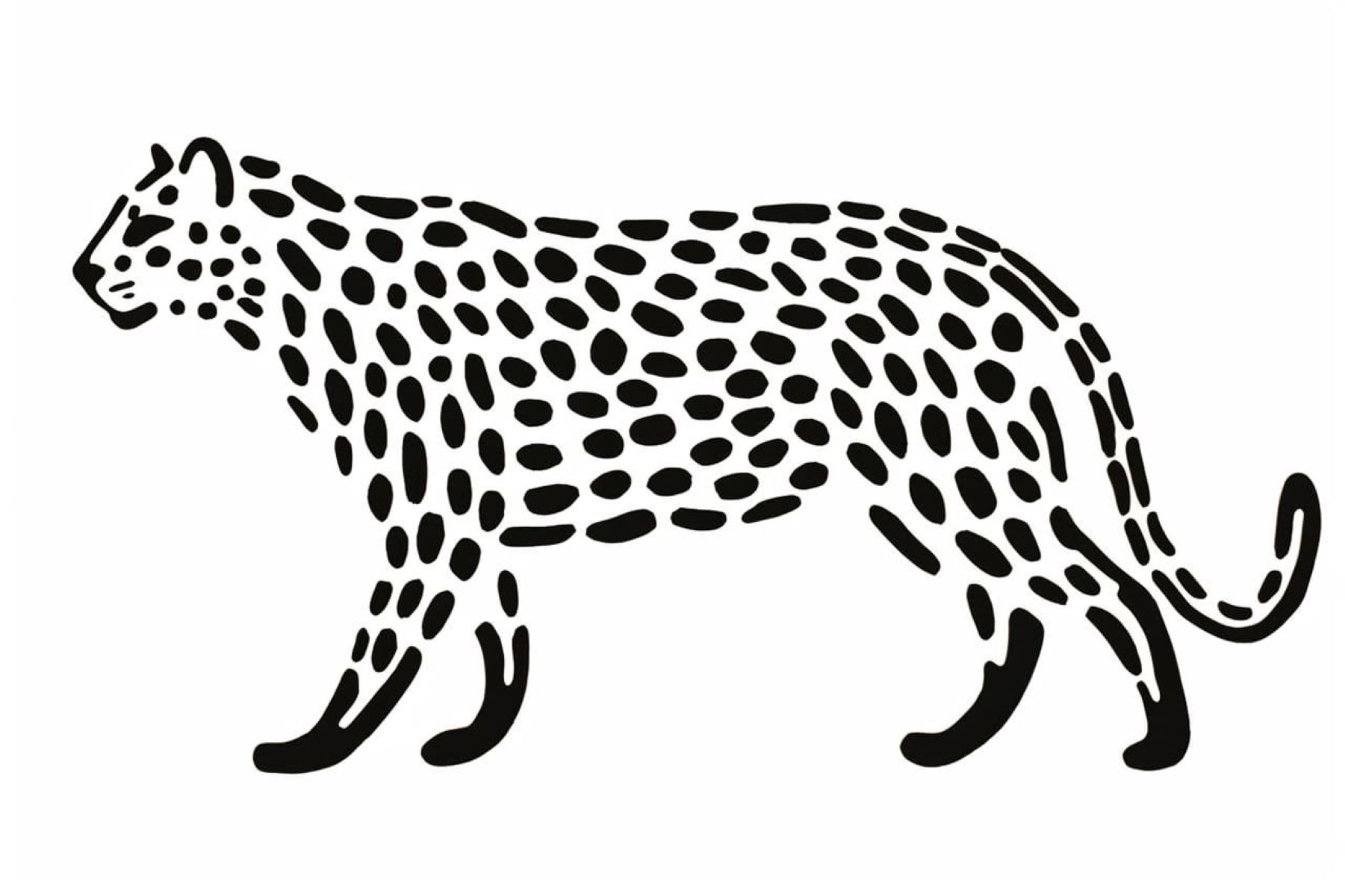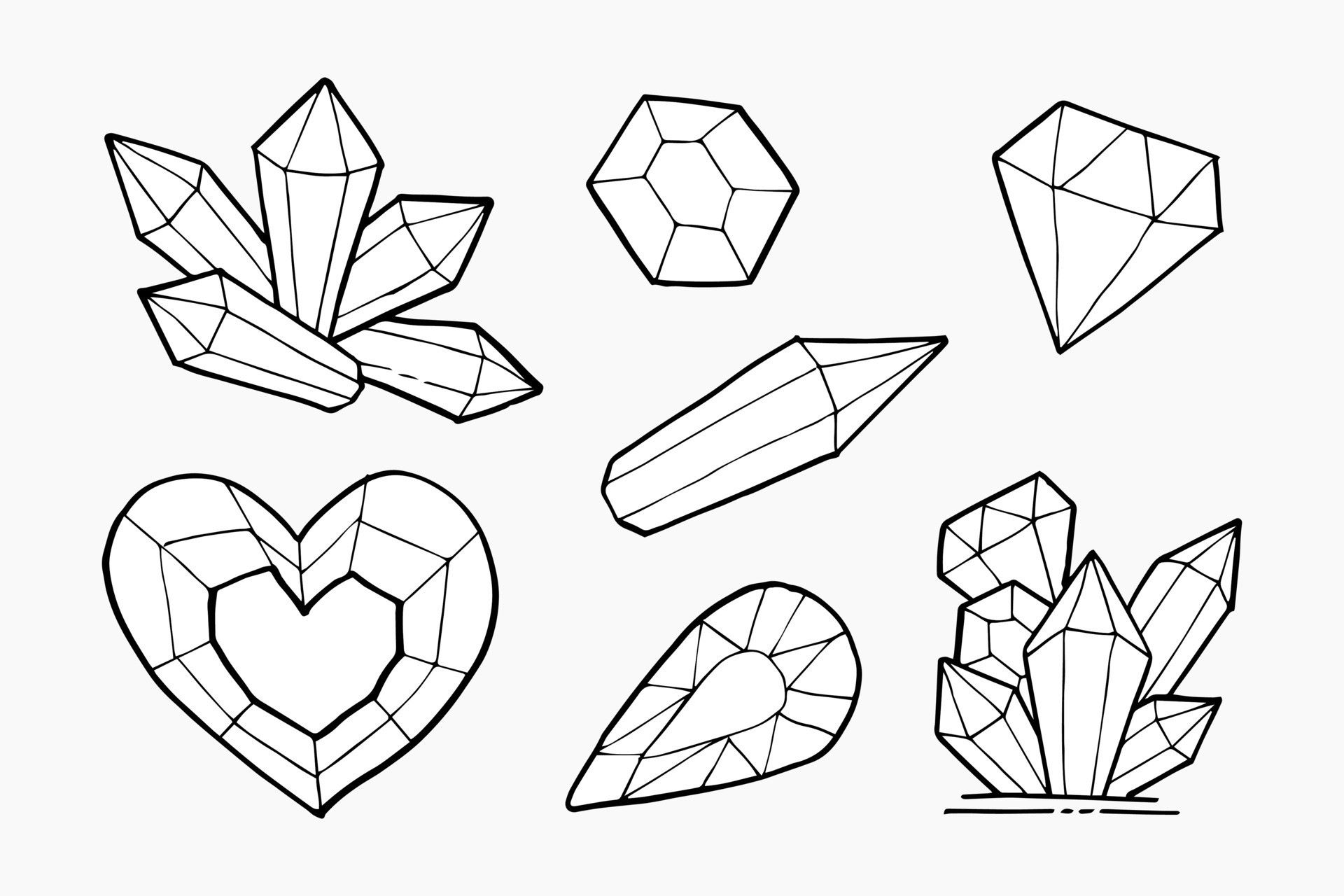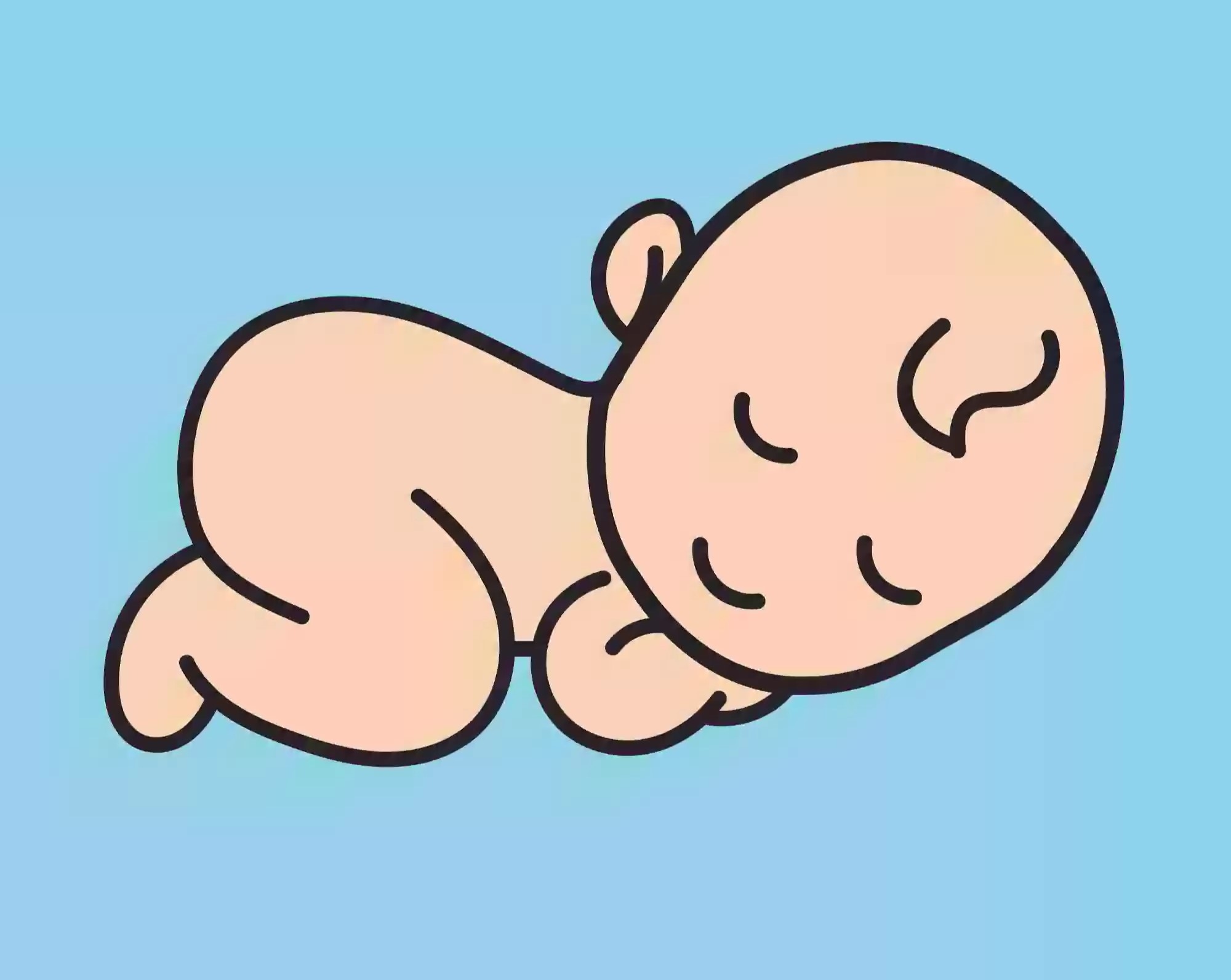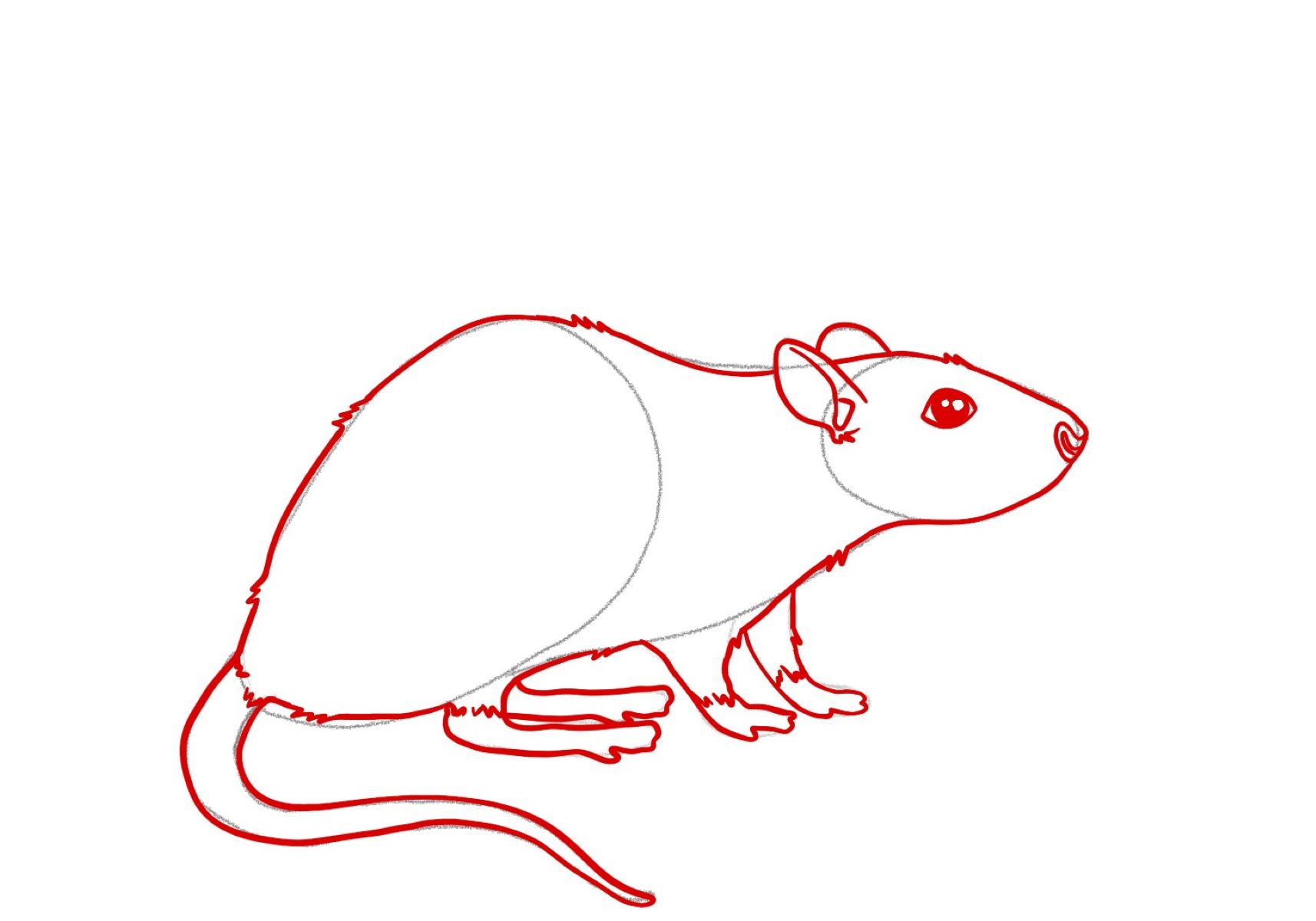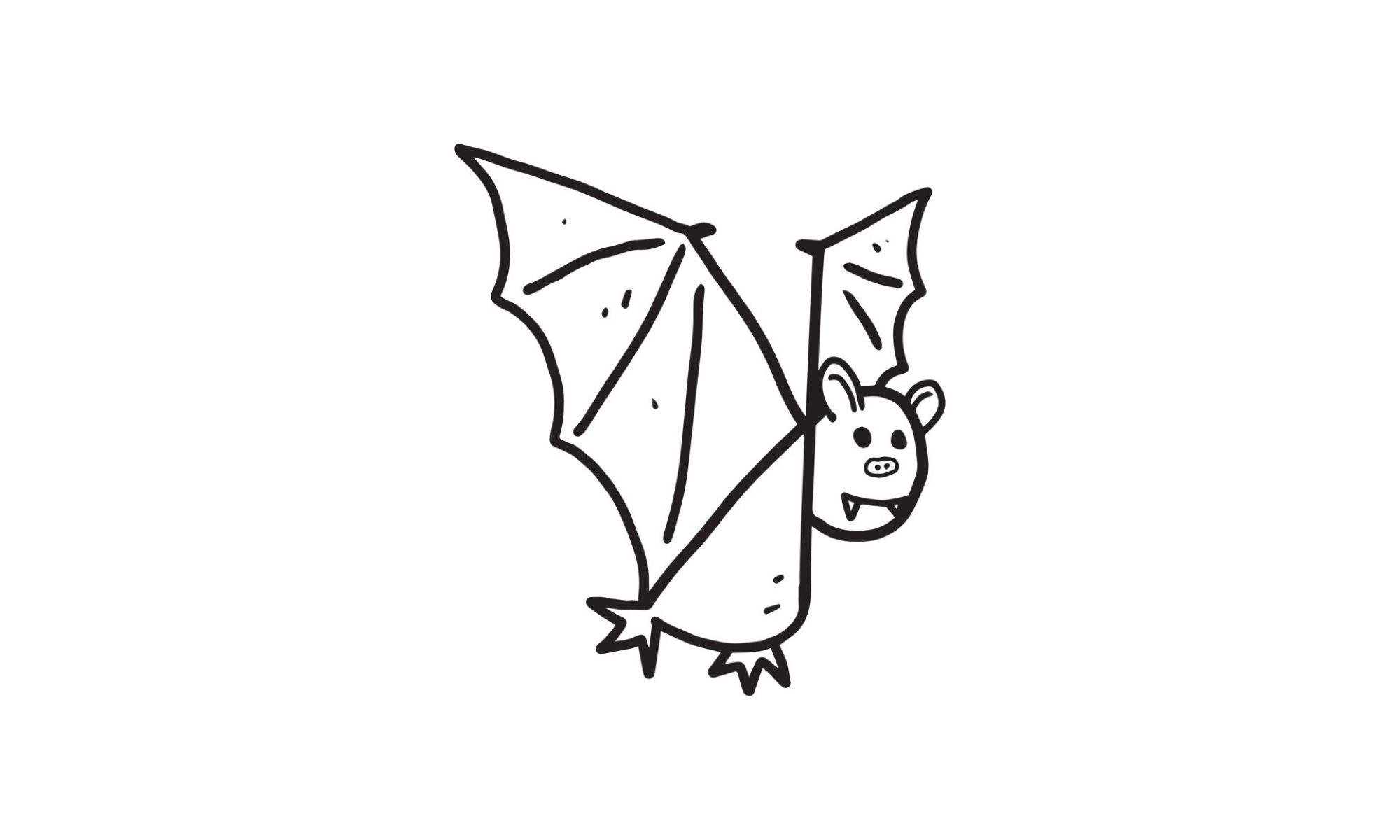Home>Arts and Culture>How To Draw Male Body
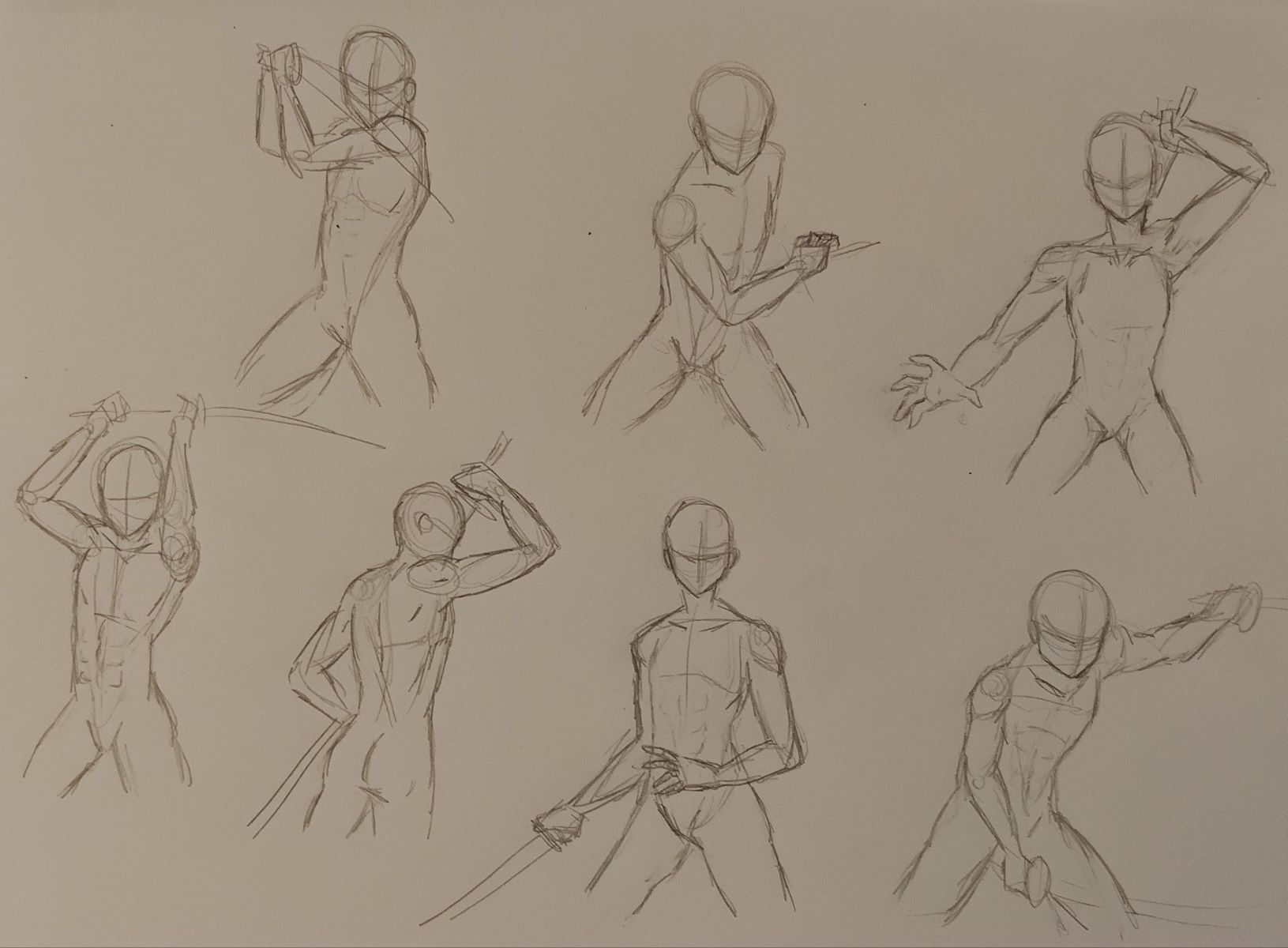

Arts and Culture
How To Draw Male Body
Published: February 28, 2024
Learn the art of drawing the male body with our comprehensive guide. Explore techniques and tips for creating realistic and expressive male figures in your artwork. Perfect for artists and enthusiasts in the realm of arts and culture.
(Many of the links in this article redirect to a specific reviewed product. Your purchase of these products through affiliate links helps to generate commission for Regretless.com, at no extra cost. Learn more)
Table of Contents
Introduction
Drawing the male body is a captivating and rewarding artistic endeavor that allows you to capture the strength, grace, and complexity of the male form. Whether you are an aspiring artist or a seasoned illustrator, mastering the art of drawing the male body can open up a world of creative possibilities. From depicting the muscular contours of a superhero to capturing the subtle nuances of a figure study, understanding the intricacies of male anatomy is essential for creating compelling and lifelike illustrations.
In this comprehensive guide, we will delve into the fundamental principles of drawing the male body, providing you with valuable insights and practical techniques to elevate your artistic skills. From understanding male body proportions to adding intricate details and refining your sketches, each step in this process will empower you to create dynamic and expressive male figures with confidence and precision.
Whether you are drawn to the classical beauty of the human form or the dynamic energy of action poses, this guide will equip you with the knowledge and tools to bring your artistic visions to life. So, grab your sketchbook, sharpen your pencils, and embark on a journey to master the art of drawing the male body. Let's dive into the captivating world of male figure drawing and unleash your creative potential on paper.
Understanding Male Body Proportions
Understanding male body proportions is a crucial foundation for creating realistic and visually compelling drawings. The male body is characterized by distinct proportions that convey strength, athleticism, and poise. By grasping these fundamental principles, you can effectively capture the essence of masculinity in your artwork.
1. Establishing the Basic Framework
Begin by envisioning the male body as a series of interconnected shapes and lines. The head serves as the starting point, with the body extending downward in a balanced and proportionate manner. The torso, which includes the chest and abdominal area, forms the central core of the body, providing stability and structure. From there, the limbs – the arms and legs – branch out, each with its own unique set of proportions and muscular definition.
2. Emphasizing Muscle Mass and Definition
When drawing the male body, it's essential to emphasize the muscularity and strength that are characteristic of the male form. Pay close attention to the proportions of major muscle groups, such as the deltoids, biceps, triceps, and quadriceps. Understanding how these muscles interact and contribute to the overall form of the body will enable you to create dynamic and lifelike representations of male figures.
3. Capturing Dynamic Poses and Gestures
Male body proportions are not static; they adapt and shift depending on the pose and gesture being depicted. Whether it's a powerful action stance or a relaxed, contemplative posture, being attuned to the dynamic nature of male body proportions is essential for conveying a sense of movement and vitality in your drawings. By observing and understanding how the body's proportions change in different poses, you can infuse your artwork with a heightened sense of realism and energy.
Read more: How To Draw Characters
4. Balancing Symmetry and Asymmetry
While male body proportions often exhibit a sense of symmetry, it's important to recognize that asymmetry also plays a significant role in creating a natural and authentic portrayal of the male form. From subtle variations in muscle definition to the positioning of the limbs, embracing both symmetry and asymmetry in your drawings will contribute to a more nuanced and compelling representation of the male body.
By internalizing these principles and honing your understanding of male body proportions, you will lay a solid groundwork for creating captivating and true-to-life depictions of the male form. With this knowledge in hand, you are ready to embark on the next stage of the artistic journey: sketching the male body.
Sketching the Male Body
Sketching the male body is an exhilarating process that allows artists to bring their creative visions to life with fluid lines and expressive forms. As you embark on this stage of the artistic journey, it's essential to approach the task with a keen eye for detail and a deep appreciation for the nuances of male anatomy.
-
Gestural Sketches: Begin by capturing the essence of the male body through gestural sketches. These initial, loose strokes serve as the foundation for your drawing, allowing you to establish the overall pose and movement of the figure. Focus on conveying the dynamic energy and fluidity of the male form, using quick, gestural lines to outline the basic structure of the body.
-
Defining Proportions: Pay close attention to the proportions of the male body as you refine your sketch. From the broad sweep of the shoulders to the tapering lines of the waist and hips, each element contributes to the overall balance and poise of the figure. By carefully observing and interpreting these proportions, you can ensure that your sketch accurately reflects the strength and grace inherent in the male form.
-
Emphasizing Muscle Structure: As you delve deeper into the sketching process, focus on emphasizing the underlying muscle structure of the male body. Consider the contours of the chest, the definition of the abdominal muscles, and the powerful lines of the arms and legs. By infusing your sketch with a keen understanding of muscle anatomy, you can imbue your drawing with a sense of vitality and strength.
-
Capturing Facial Expressions: If the pose includes the face, pay attention to capturing the nuances of facial expressions. Whether it's a determined gaze, a subtle smile, or a look of intense concentration, the facial features play a crucial role in conveying the character and emotion of the male figure.
-
Refining Line Work: As you progress with your sketch, focus on refining the line work to add depth and dimension to the male body. Use varying line weights to delineate the contours of muscles, define the planes of the body, and convey the play of light and shadow across the figure.
By immersing yourself in the process of sketching the male body, you can hone your artistic skills and develop a deeper understanding of male anatomy. With each stroke of the pencil, you have the opportunity to breathe life into your drawings, capturing the essence of masculinity with precision and artistry.
Adding Details and Definition
Once the foundational sketch of the male body is in place, the next phase involves adding intricate details and defining the various elements that contribute to the overall realism and dynamism of the figure. This stage is where the male form truly comes to life, as each carefully rendered detail contributes to the visual impact and emotional resonance of the artwork.
-
Muscular Definition: Delving into the specifics of muscle definition is a pivotal aspect of adding details to the male body. Paying close attention to the contours and striations of major muscle groups such as the biceps, triceps, pectorals, and abdominal muscles is essential. By carefully observing the interplay of light and shadow on the muscular anatomy, artists can create a sense of depth and three-dimensionality, enhancing the overall visual impact of the figure.
-
Facial Features: If the drawing includes the face, focusing on the intricate details of facial features is paramount. From the angular lines of the jaw to the expressive nuances of the eyes and mouth, capturing the unique characteristics of the male face adds a layer of personality and emotion to the artwork. Subtle variations in facial expressions can convey a wide range of moods and narratives, enriching the overall storytelling potential of the illustration.
-
Hands and Feet: Often overlooked but crucial for conveying a sense of realism, detailing the hands and feet is an integral part of capturing the male form authentically. Paying attention to the proportions and articulation of fingers, as well as the subtle contours of the feet, contributes to the overall balance and poise of the figure. Whether the hands are clenched in determination or the feet are grounded in a powerful stance, these details add depth and character to the male body.
-
Clothing and Drapery: If the male figure is depicted wearing clothing or draped in fabric, adding details to convey the texture, folds, and movement of the garments enhances the visual narrative. Whether it's the crisp lines of a tailored suit or the flowing folds of a cape, these details not only complement the male form but also provide insights into the character and context portrayed in the artwork.
By meticulously adding these details and defining the various aspects of the male body, artists elevate their drawings from mere representations to compelling and evocative visual stories. Each stroke of the pencil or brush serves to enrich the narrative, inviting viewers to engage with the artwork on a deeper and more profound level.
Final Touches and Refinements
As the male figure nears completion, the stage of final touches and refinements presents an opportunity to elevate the artwork to its fullest potential. This critical phase involves meticulous attention to detail and a discerning eye for nuance, allowing the artist to fine-tune every aspect of the drawing and imbue it with a heightened sense of realism and expression.
-
Refining Anatomy and Proportions: With the foundational elements in place, it's essential to conduct a thorough review of the male body's anatomy and proportions. Paying close attention to the alignment of muscles, the articulation of joints, and the overall balance of the figure ensures that the drawing exudes a sense of anatomical accuracy and coherence. Making subtle adjustments at this stage can significantly enhance the overall visual impact of the artwork.
-
Balancing Light and Shadow: Delving into the interplay of light and shadow is a pivotal aspect of refining the male figure. By carefully considering the source of light and its interaction with the body, artists can create a sense of depth and dimensionality. Enhancing the contrast between light and shadow not only accentuates the muscular contours but also infuses the drawing with a captivating sense of drama and presence.
-
Fine Detailing and Texture: Adding intricate details to elements such as hair, skin texture, and clothing elevates the overall realism of the male figure. Whether it's capturing the subtle texture of skin, the flow of hair, or the tactile quality of fabric, these finer details contribute to the tactile and sensory richness of the artwork, inviting viewers to engage with the drawing on a visceral level.
-
Expressive Gestures and Posture: Paying attention to the nuances of the male figure's gestures and posture can imbue the artwork with a heightened sense of narrative and emotion. Fine-tuning the angle of limbs, the tilt of the head, and the overall body language allows artists to convey a specific mood or story, adding depth and resonance to the portrayal of the male form.
-
Harmonizing Composition and Background: Considering the overall composition and, if applicable, the background of the artwork is crucial in the final refinement phase. Ensuring that the male figure is harmoniously integrated into the composition and that the background complements the narrative enhances the overall visual cohesiveness of the artwork.
By meticulously attending to these final touches and refinements, artists bring their portrayal of the male body to a state of consummate artistry. Each nuanced adjustment and meticulous detail contributes to the creation of a compelling and evocative representation, inviting viewers to immerse themselves in the captivating world of male figure drawing.
Read more: How To Draw A Dress
Conclusion
In conclusion, mastering the art of drawing the male body is a deeply enriching and fulfilling endeavor that demands a profound understanding of male anatomy, proportions, and expressive nuances. Through this comprehensive guide, we have explored the intricate process of capturing the strength, grace, and vitality of the male form on paper. From understanding the foundational principles of male body proportions to infusing sketches with intricate details and refining every aspect of the figure, the journey of drawing the male body is a testament to the artistry and dedication of the artist.
As artists, we are not merely replicating the male form; we are imbuing our drawings with a sense of narrative, emotion, and visual resonance. Each stroke of the pencil or brush is an opportunity to convey the dynamic energy, the subtle nuances, and the timeless beauty inherent in the male body. Whether it's the sinewy contours of a superhero in action or the quiet introspection of a figure study, the male body offers an endless wellspring of inspiration and creative exploration.
Furthermore, the process of drawing the male body transcends technical proficiency; it is an intimate dialogue between the artist and the subject. It requires a deep appreciation for the human form, a keen observation of the interplay of light and shadow, and a profound empathy for the stories and emotions encapsulated within each figure. Through this artistic journey, we not only hone our technical skills but also cultivate a deeper connection to the human experience, as expressed through the male body.
As you continue to embark on your artistic endeavors, I encourage you to approach the drawing of the male body with a sense of reverence and curiosity. Embrace the challenges and intricacies of male anatomy, and allow your drawings to reflect the depth and complexity of the male form. Whether you are a seasoned artist or a novice enthusiast, the art of drawing the male body offers an endless wellspring of creative exploration and personal growth.
In the end, the art of drawing the male body is a celebration of the human spirit, a testament to the enduring beauty and resilience encapsulated within the male form. So, pick up your tools, immerse yourself in the captivating world of male figure drawing, and let your artistic journey unfold with passion, precision, and boundless creativity.
